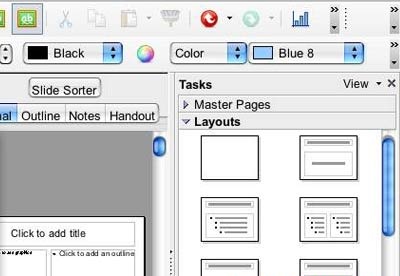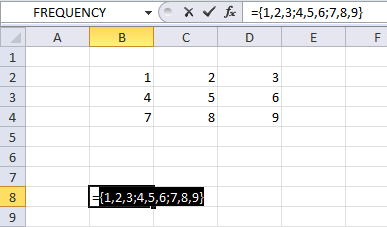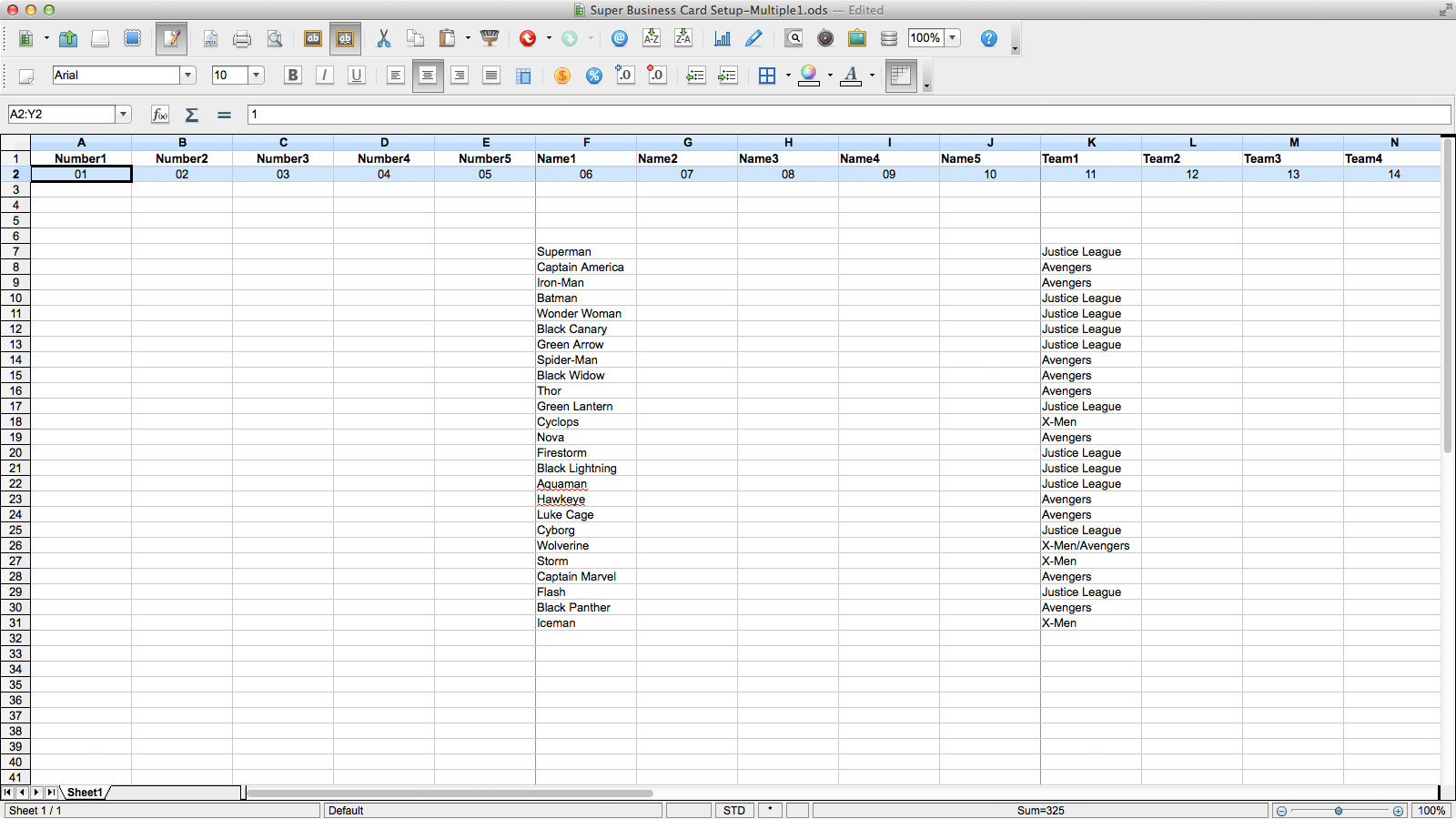

Sometimes you may encounter with #SPILL error. In Microsoft Office Excel 365, no need to enter the TRANSPOSE formulas as an array formula (Ctrl+Shift+Enter) as it spills to the neighboring cells automatically. That is the case with the rows in table 1 and columns in table 2. So the number of rows in the second table is 4. The total number of columns in the first table is 4.

In the following example, the Excel formula in cell G3 changes the orientation of the array B3:E7.
Filter within the TRANSPOSE Function in Excel 365Įxample to the Use of the TRANSPOSE Function in Excel 365. Blank Rows or Columns in the Array to Transpose. Example to the Use of the TRANSPOSE Function in Excel 365. The first array contains three rows and two columns, whereas the transposed array contains two rows and three columns. second row as the second column and so on. Whatever name you may call it, like flip or rotate array, the TRANSPOSE Function in Excel 365 changes the orientation of the data as below. Here is the Syntax of the TRANSPOSE Function in Excel 365.Īrray:- Any cell range on a worksheet that you want to flip or change the orientation. In Excel 365, we can solve those issues using the FILTER function within the TRANSPOSE. When you transpose a range or array, you may face a few issues if you have blank rows or columns. We usually use it to change the orientation of an existing dataset. The TRANSPOSE is a lookup and reference categorized function. The latter has one advantage that any changes in the array will reflect in the transposed array. But here, we discuss the formula approach. There are other methods like Copy->Paste Special->Transpose. The resulting table is linked with the source.When we have the data arranged horizontally, but we want it vertically or vice versa, we can flip the array using the TRANSPOSE function in Excel 365. “Paste link” option–In this method, select the “paste link” option from the “paste special” dialog box. read more” option–In this method, select “paste special” from the context menu and choose “transpose.” The new data table is not linked with the source. There are several ways to paste special in Excel, including right-clicking on the target cell and selecting paste special, or using a shortcut such as CTRL+ALT+V or ALT+E+S. “ Paste special Paste Special Paste special in Excel allows you to paste partial aspects of the data copied. read more –In this method, rotate the range with a non-array formula which is “=INDIRECT(ADDRESS(COLUMN(A1),ROW(A1))).” The condition is that the rows and columns begin with cell A1. For example, if we use =Address(1,2), the result will be $B$1. It requires two mandatory arguments: the row number and the column number. read more and ADDRESS functions ADDRESS Functions The address function finds the cell's address and returns an absolute value. – INDIRECT Function INDIRECT Function The indirect function in Excel is an inbuilt function that is used to reference and obtain cell values from a text string. Likewise, the number of empty columns must match the rows of the data source. The rows and columns of Excel can be transposed in the following ways: – TRANSPOSE function–In this method, select a blank range containing the exact number of rows as the columns of the original table. TRANSPOSE FUNCTION NEOOFFICE HOW TO
How to transpose the rows and columns in Excel? Once entered, any individual cell which is a part of this function cannot be changed.Ģ.read more if the number of rows and columns selected are not equal to the columns and rows of the source data. Sometimes, it is difficult to identify the kind of mistake behind this error. It returns the #VALUE error #VALUE Error #VALUE! Error in Excel represents that the reference cell the user has either entered an incorrect formula or used a wrong data type (mostly numerical data).

The features of the function are listed as follows: The Characteristics of the TRANSPOSE Function As soon as the CSE key is pressed, the TRANSPOSE formula appears within the curly braces.

The transposed output in D6:I7 is shown in the following image.
Press “Ctrl+Shift+Enter” (“Command+Shift+Enter” in Mac). Enter the following TRANSPOSE excel formula in the selected region (shown in the succeeding image). Select the range D6:I7 where the transposed values should appear. The steps to transpose the range A3:B8 are listed as follows:








 0 kommentar(er)
0 kommentar(er)
